Sunday, July 19, 2009
Government to set up marketing, processing infrastructure for agriculture products
Five agro-industrial parks for Balochistan
Speaking at a press conference after a brief visit to Quetta on Friday he said that the decision had been taken to develop industries and promote trade in the province
Chief Minister Nawab Aslam Raisani, federal ministers Ayatullah Durrani, Mir Humayun Aziz Kurd and Balochistan Industry Minister Syed Ehsan Shah were also present on the occasion.
Bio-Fertilizers better source for protection and production of crops
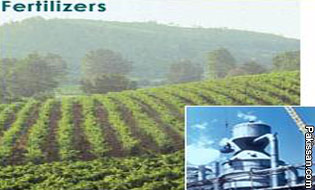 In order to increase crop production for fulfillment of malnutrition requirements of the day by day increasing population, the systems is relying exclusively on the use of chemical fertilizers. Whereas, it is also proved that use of chemical fertilizers and other pesticides has caused tremendous harm to the environment by pollution and contamination in water and soil and common men are suffering by many means, because of the situation. Therefore, increase in population, environmental pollution, contamination in water and soil is the major concerns in today's world and there is a reason to search for alternative methods of increasing plant production in an eco-friendly manner, the adequate management of natural, renewable resources and the reduction of chemical inputs.
In order to increase crop production for fulfillment of malnutrition requirements of the day by day increasing population, the systems is relying exclusively on the use of chemical fertilizers. Whereas, it is also proved that use of chemical fertilizers and other pesticides has caused tremendous harm to the environment by pollution and contamination in water and soil and common men are suffering by many means, because of the situation. Therefore, increase in population, environmental pollution, contamination in water and soil is the major concerns in today's world and there is a reason to search for alternative methods of increasing plant production in an eco-friendly manner, the adequate management of natural, renewable resources and the reduction of chemical inputs. Indigenisation of fertiliser machinery and equipment
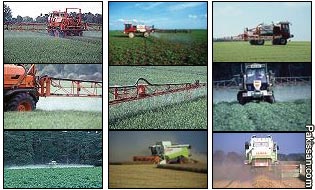
Malaysian companies invited to build small, medium dams
India boosts defence, agriculture spending

Sunday, May 31, 2009
Biodiversity for food security
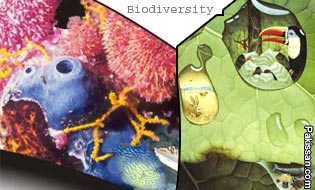
Why not GM Crops
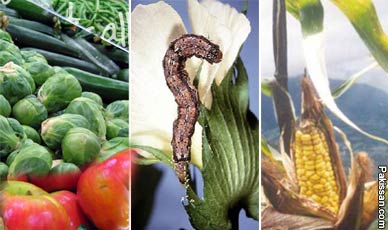
Biotechnology for raising farm yield
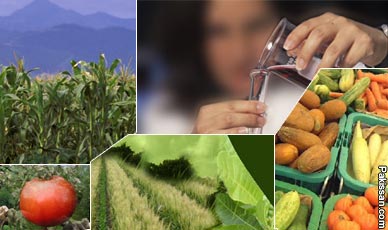
Future of Bt Cotton in Asia
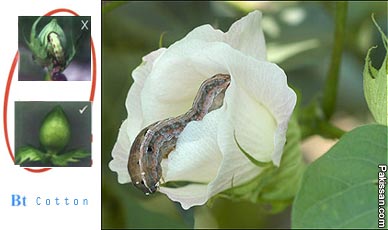
Genomics to improve farming
By Ijaz Ahmad Rao

Coccidiosis In Poultry Can Be Controlled By A Local Vaccine- Claimed
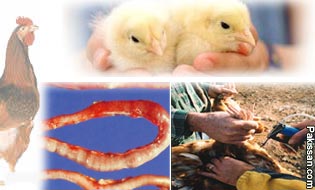
Pre –Brooding Management of chicks
By Mohsin Shabbir
University of Agriculture,Faisalabad,Pakistan
DEFINITION
All the managemental practices before brooding or before receiving the chicks in other sense various measures, which we provide in preparation for new-hatched chicks arriving at our farm.
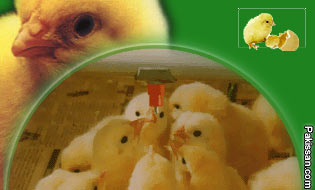 We will study different factors, which play very important role in the process of pre-brooding management and main purpose of this process is to avoid different diseases, which cause great economical losses due to poor managemental practices, Prevention is most and best economical method of disease control. Prevention is best achieved by the use of sanitation and biosecurity programmes.
We will study different factors, which play very important role in the process of pre-brooding management and main purpose of this process is to avoid different diseases, which cause great economical losses due to poor managemental practices, Prevention is most and best economical method of disease control. Prevention is best achieved by the use of sanitation and biosecurity programmes.
Poultry house sanitation begins with a clean sanitized house prepared well in advance of arrival of chicks. Each house should remain empty at least two weeks after, it is disinfected and fumigate .The effectiveness of sanitizing a house is depended upon the extend of the cleaning before the germicide is applied. This cleaning helps to control disease because,
a) It reduces number of pathogenic organisms.
b) Remove material that helps in multiplication of pathogens.
c) Expose surface to the disinfectant and fumigants.
The Incredible Egg
1. Dr. Mohammad Tufail Banday
Associate Professor, Skuast (K)
2. Dr. Sheikh Adil Hamid
M.v.sc. Scholarh
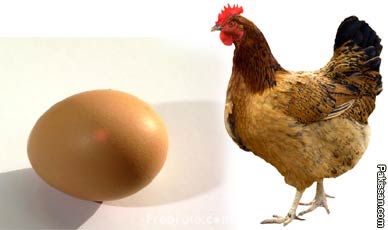 Human beings require a well balanced diet containing proper amount of proximate principles which include proteins, lipids, carbohydrates, vitamins, minerals and water to enable them to live and thrive. Nutritionists know that all foods contain at least one of these six nutrient groups. Eggs have been regarded as one of nature’s perfect foods.
Human beings require a well balanced diet containing proper amount of proximate principles which include proteins, lipids, carbohydrates, vitamins, minerals and water to enable them to live and thrive. Nutritionists know that all foods contain at least one of these six nutrient groups. Eggs have been regarded as one of nature’s perfect foods.The table egg is the most nutritious, yet relatively cheaper natural food having one of the highest digestibility coefficients. Eggs contain all six of these nutrient groups. Eggs are one of the best protected foods available to man in a form originally packed by nature. They cannot be adulterated because of their outer covering or the shell. Their judicious use in the diets can effectively combat nutritional imbalances against the vulnerable groups particularly nursing mothers, infants, children and convalescent persons.
Both eggs and milk are considered to be the two best protective foods because they are concentrated sources of nutrients viz proteins, energy, vitamins and minerals. When the dietary value of egg is compared with that of milk, we find egg is richer in proteins, fats, vitamin A, B12 , riboflavin and folic acid than milk on per unit basis. Similarly eggs are rich sources of iron which is deficient in milk and other foods except leafy vegetables .Again egg is rich source of vitamin D as compared to milk which is important for bone development for children. Eggs are given in persons suffering from conditions such as Kwashiorkor, anemia, typhoid, tuberculosis; post operative stages, pregnancy etc.
Farmers and Businessmen
• My Pakissan
Set of special preference which customizes Pakissan.com web site for you, so that you get the desired information from it.
• Get your own presence on the internet with Econo web packages
With membership, we offer you special discount package to bring you on the internet more
• Get expert advice
Panel of expert will answer your questions and tips for better farming. Reports and analysis on future market trends and potentials.
Agri Experts
Pakissan Agri Professionals & Institutes Network
Useful tips for wheat production
 Wheat
Wheat
2. Resistant improved wheat varieties should be planted.
3. Treat the seed with recommended fungicides to control seed borne diseases.
4. Irrigations at the time of tillering and grain formation are critical.
5. Planting must be finished before Nov. 30 to obtain maximum yield.
6. Nitrogenous and Phosphatic fertilizers should be used in a ratio of 1:1 or 1: 1-1/2 .
7. Potassium fertilizer must be used if wheat is planted after rice or sugarcane and in sandy soils which had continuously been irrigating by tube well water.
8. Weeds must be destroyed by using chemical weedicides.
9. Harvesting should be done few days earlier in case of semi dwarf improved varieties to avoid shattering damages.
RECOMMENDED VARIETIES, PLANTING TIME AND SEED RATE FOR DIFFERENT PRODUCTION ZONES.
The Role of Cotton in Pakistan
Pests & Farm Chemicals
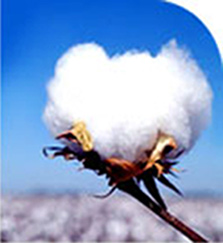
| Pests & Farm Chemicals |

Cotton

Major Insecticides are given below with their time of attack and recommended Pesticides and dosage.
It is hoped that this information will be of great use to the farmer in plant protection.
| Pest | Time of attack | Remedy (common Name) | Dosage/Acre |
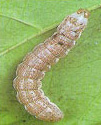 | Starts attack with flower formation and last till the end | Endosulfan | 600 ml |
| Chlorphrifos | 1000 ml | ||
 | Attacks the crop during the whole period. | Endosulfan | 1000 ml |
| Bromophos | 400 ml | ||
| Chlorphrifos | 1000 ml | ||
| Dimethoate | 400 ml | ||
| Fenitrothion | 500 -700 ml | ||
| Isothioate | 1300-1500 ml | ||
| Methamidophos | 400 ml | ||
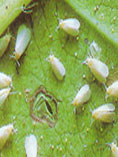 | Attacks the crop during the whole period. | Endosulfan | 1000 ml |
PESTICIDES RECOMMENDED FOR COTTON PESTS CONTROL
UNDER DIFFERENT SITUATIONS